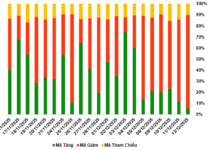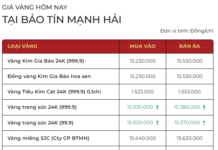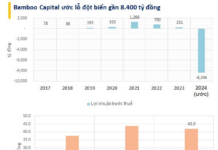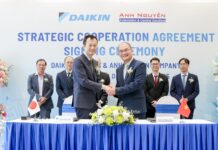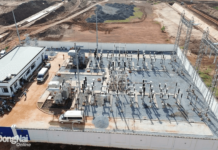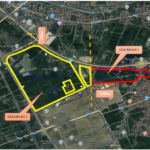The planned high-speed rail project, which will pass through 20 provinces and cities from North to South, presents a unique opportunity to create an entirely new development space along the length of the country. However, even at this early stage, this opportunity needs to be realized in a synchronized manner, with a clear and long-term vision.
What advantages would a chain of urban areas formed along the high-speed rail line have?
The most important advantage is the potential for connectivity and interaction among these urban areas. This capability enables high-speed rail cities to easily become regional service centers, reducing pressure on neighboring administrative, cultural, and social hubs.

Illustration: AI
Therefore, high-speed rail cities should be planned and designed to become service centers, with compatible infrastructure. Accordingly, priority infrastructure will include static traffic, warehousing, transportation hubs, shopping malls, and product introduction centers.
With the vision of becoming service centers, these high-speed rail cities need to have a clear direction in terms of their functions to avoid the temptation of becoming multi-functional mega-cities. As the residents of these cities are primarily engaged in trade and services, urban design must consider the cultural aspects, lifestyles, and living needs of these intrinsic residents.
Even at this stage, when the North-South high-speed rail project is still in the planning phase, it is crucial to define the opportunities it presents to make the most of them and avoid potential negative impacts.
For example, the service cities formed along the rail line should be new towns with stations. They will not be existing administrative centers, nor will they add pressure to older cities.
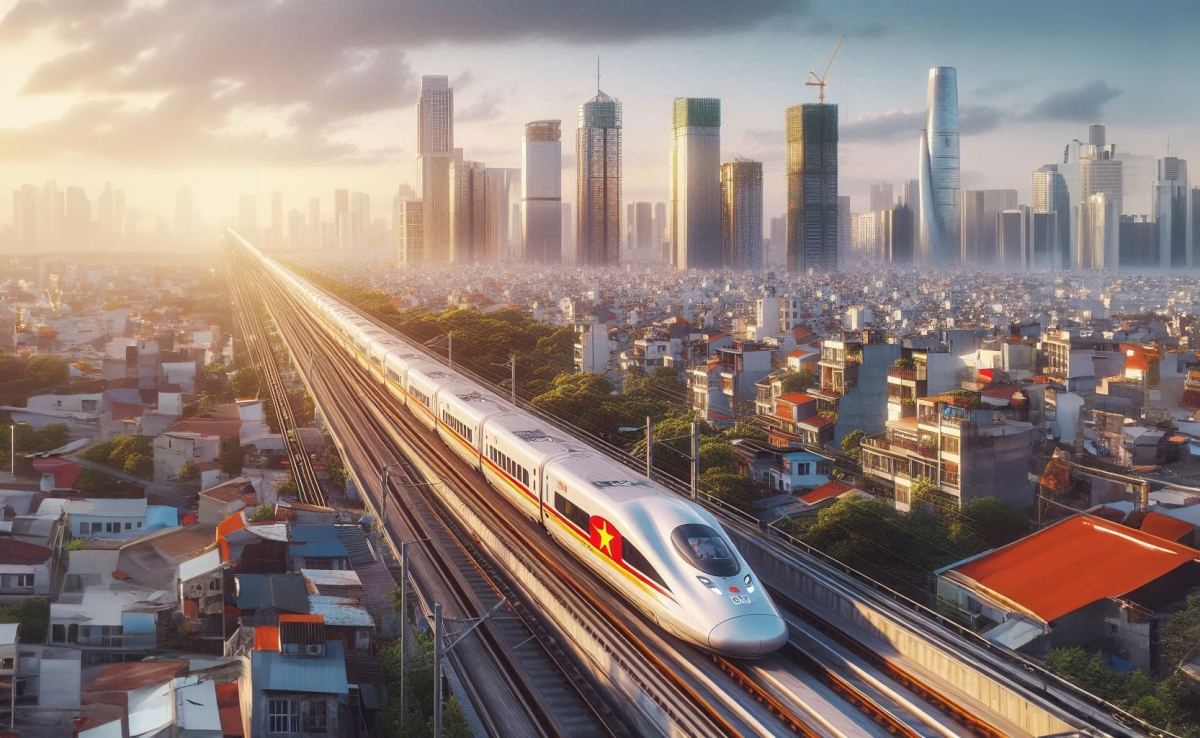
Illustration: AI
The high-speed rail stations located in these cities will not only be traditional stations but also service complexes. The station will serve as a shopping and regional product introduction center, a cargo transaction and warehousing hub, a travel service center, and a transportation connection point (including parking lots, car rental services, bus stations, etc.).
As most residents of these cities are engaged in trade and services, the planning will focus on compact cities with mainly apartment buildings and rental housing, rather than low-rise buildings.
High-speed rail cities will be public transport-oriented, with well-planned and function-oriented infrastructure.
With the realization of the high-speed rail line, we will have dozens of high-speed rail cities with the aforementioned functional characteristics. What will this lead to?
Firstly, administrative centers will experience reduced pressure as there will be a natural shift in the resident population.
Secondly, positioning high-speed rail cities as service centers with transportation connection services will decrease the demand for private road transport between regions.
While high-speed rail may not easily provide economic efficiency from a transportation perspective, by embracing the opportunity to form high-speed rail cities, we can envision a positive development space for the country.
The Future of Transportation: Revolutionizing Travel with the High-Speed North-South Railway Project
On the afternoon of October 14, a council meeting was held at the Ministry of Planning and Investment headquarters. The meeting was chaired by the Minister of Planning and Investment, Mr. Nguyen Chi Dung, who is also the Chairman of the State Appraisal Council. The council met to review and appraise the pre-feasibility study report for the high-speed North-South railway project.
The $540 Million Road Linking 3 Bridges and an Expressway Worth $2 Billion: Unveiling a Transportation Revolution
The Nguyen Van Cu – Ngoc Thuy road project is a key technical infrastructure investment for the city. This new road link provides a vital connection from the Dong Tru area to the Vinh Tuy and Thanh Tri bridges, seamlessly integrating with the Hanoi – Hai Phong highway.
Unlocking Investment Opportunities: Binh Duong’s ‘Transport-Led Development’ Strategy
By prioritizing investment in its transportation infrastructure, Binh Duong Province has successfully attracted a significant number of investors. Currently, the province boasts an impressive 71,776 domestic enterprises with a total registered capital of 786 trillion VND, along with 4,347 foreign-invested projects totaling 42 billion USD in registered capital.




